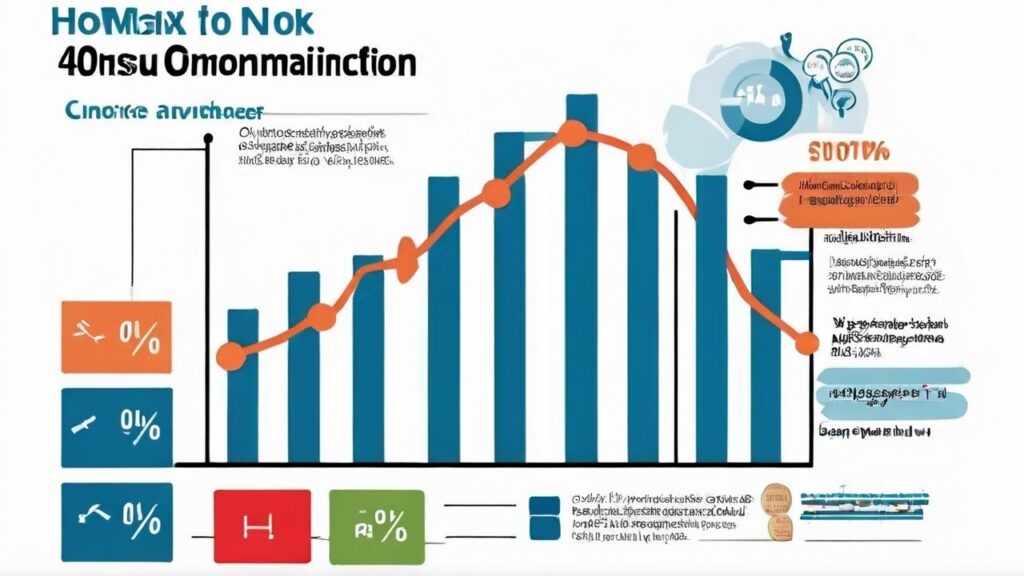A 401(k) plan is one of the most powerful tools for building retirement wealth. It offers tax advantages, employer matching contributions, and a disciplined savings structure that can significantly boost your retirement savings over time. To make the most of your 401(k) contributions, it’s essential to understand how to optimize your contributions and take full advantage of the plan’s benefits. In this blog, we will explore strategies for maximizing your 401(k) contributions and ensuring that you are on the path to a financially secure retirement.
1. Understand the Basics of a 401(k) Plan
Before diving into strategies, it’s crucial to understand how a 401(k) plan works:
- Pre-Tax Contributions: Traditional 401(k) contributions are made before taxes, reducing your taxable income for the year.
- Roth 401(k) Contributions: Contributions are made with after-tax dollars, allowing for tax-free withdrawals in retirement.
- Employer Matching: Many employers offer matching contributions up to a certain percentage of your salary.
Key Features:
- Contribution Limits: For 2024, the IRS allows you to contribute up to $23,000 to your 401(k) if you are under 50, and $30,500 if you are 50 or older (including catch-up contributions).
- Tax Advantages: Contributions reduce your taxable income (Traditional) or grow tax-free (Roth).
2. Maximize Your Contributions
To fully leverage your 401(k), consider the following strategies:
1. Contribute the Maximum Allowed
Aim to contribute the maximum amount allowed by the IRS. For 2024, this is $23,000 if you’re under 50 and $30,500 if you’re 50 or older. Maximizing contributions allows you to take full advantage of the tax benefits and grow your retirement savings significantly.
Tips for Reaching Maximum Contributions:
- Automate Contributions: Set up automatic payroll deductions to consistently reach your contribution limit.
- Increase Contributions Gradually: Start with a percentage you can afford and gradually increase it, especially when you receive salary increases or bonuses.
2. Take Full Advantage of Employer Matching
Many employers offer matching contributions up to a certain percentage of your salary. To fully benefit from this, ensure you contribute at least enough to receive the full match.
Example: If your employer offers a 50% match on contributions up to 6% of your salary, make sure to contribute at least 6% to receive the full match.
Tips for Maximizing Employer Matching:
- Understand Your Employer’s Matching Policy: Know the details of your employer’s match, including the percentage and limits.
- Avoid Missing Out: Ensure your contributions meet the threshold for the full match to maximize the benefit.
3. Diversify Your Investments
Choose a diversified mix of investment options within your 401(k) plan to balance risk and potential returns. Typically, plans offer a range of options, including:
- Stocks: For growth potential.
- Bonds: For stability and income.
- Target-Date Funds: Automatically adjust the asset mix as you approach retirement.
- Index Funds: Provide broad market exposure at a lower cost.
Tips for Diversifying Investments:
- Assess Your Risk Tolerance: Choose investments that align with your risk tolerance and retirement timeline.
- Review Regularly: Periodically review and adjust your investment choices to ensure they align with your goals.
4. Take Advantage of Catch-Up Contributions
If you’re 50 or older, you can make catch-up contributions to your 401(k). For 2024, you can contribute an additional $7,500 on top of the standard limit. This is an excellent opportunity to boost your savings as you approach retirement.
Tips for Utilizing Catch-Up Contributions:
- Increase Contributions Strategically: If you’re approaching age 50, plan to increase your contributions to take full advantage of catch-up limits.
- Consult a Financial Advisor: Seek advice on how best to use catch-up contributions based on your retirement goals and financial situation.
5. Consider Roth 401(k) Contributions
If your employer offers a Roth 401(k) option, consider contributing after-tax dollars to enjoy tax-free withdrawals in retirement. This can be especially beneficial if you expect to be in a higher tax bracket in the future.
Tips for Roth 401(k) Contributions:
- Evaluate Your Tax Situation: Assess whether Roth contributions align with your current and future tax situation.
- Diversify Contribution Types: Consider contributing to both Traditional and Roth 401(k) accounts for tax diversification.
3. Monitor and Adjust Your 401(k) Plan
Regularly reviewing and adjusting your 401(k) plan is essential for staying on track with your retirement goals.
Tips for Monitoring Your Plan:
- Review Statements: Regularly review your 401(k) statements to track performance and ensure contributions are being properly allocated.
- Adjust Contributions: Increase your contributions as your salary increases or if you receive a bonus.
- Rebalance Your Portfolio: Periodically rebalance your investments to maintain your desired asset allocation and risk level.
4. Plan for Retirement Withdrawals
As you approach retirement, plan how to withdraw funds from your 401(k) to maximize tax efficiency and ensure your savings last throughout retirement.
Tips for Planning Withdrawals:
- Understand Withdrawal Rules: Familiarize yourself with required minimum distributions (RMDs) and withdrawal strategies.
- Consult a Financial Planner: Seek professional advice on withdrawal strategies to optimize tax implications and ensure a sustainable income stream

